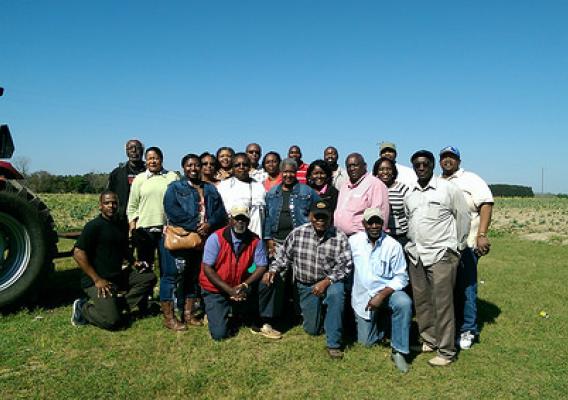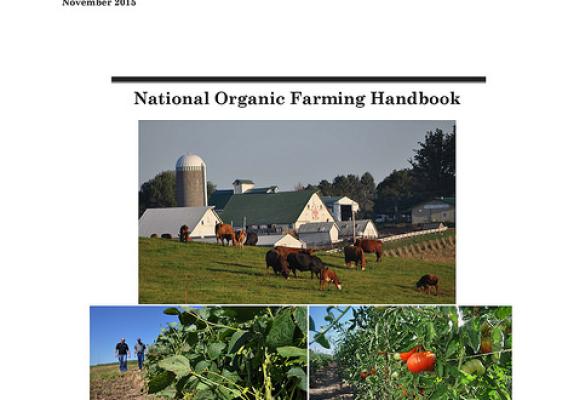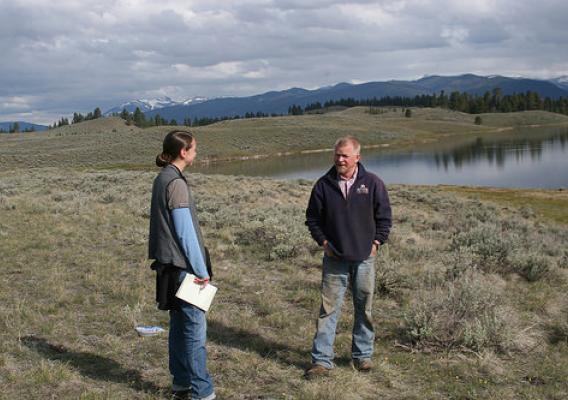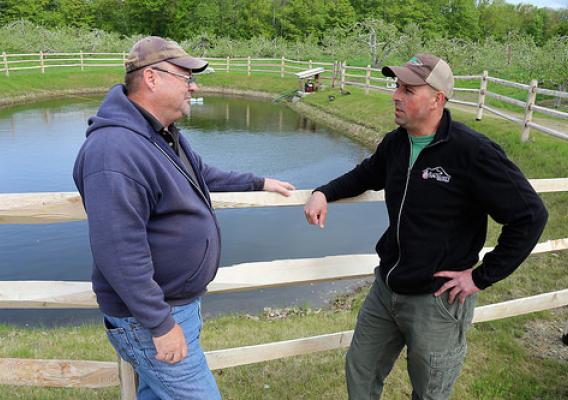The White House recently recognized 12 Champions of Change for their leadership in sustainable and climate-smart agriculture. This week we will meet them through their USDA Regional Climate Hub, today featuring the Southeast’s William “Buddy” Allen and Donald Tyler.
Farmers, ranchers, and forest land managers across the Southeast are at the forefront of climate change and its various effects on their operations, yields, and profits. Many of these producers know that adaptive agriculture practices can benefit soil, air, and water quality and at the same time increase resilience to climate change and other environmental threats. Communities and businesses that support climate-smart agriculture in turn are creating jobs and growing the rural economy.
USDA’s Southeast Regional Climate Hub works to bring land managers in the Southeast the science and other tools that can help them adapt to changing weather/climate conditions. Many farmers, ranchers and land managers are already leading efforts to develop and demonstrate the value of sustainable agricultural practices that benefit soil, air, and water quality while helping to mitigate climate change by reducing emissions. Educators and advisors have also been crucial in bringing science-based, sustainable, and climate-informed agricultural practices to the agricultural community.










